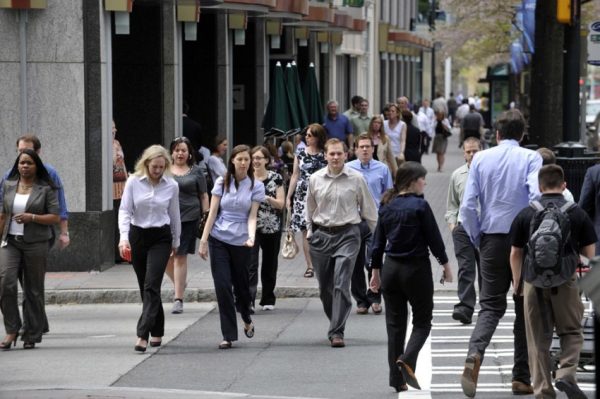Pedestrian safety? Council wants to look beyond South End

Concerns about pedestrian safety in South End – and the rest of the city as well – prompted the Charlotte City Council on Monday to order a closer look at what might be done to speed improvements.
Council members’ concerns come after a spate of negative publicity about Charlotte walkability. A national report last month ranked Charlotte the 10th most dangerous U.S. city for pedestrians. The study, by the National Complete Streets Coalition and Smart Growth America, looked at the 51 largest U.S. metro areas.
Other unfavorable national publicity arrived last November, when Charlotte came in last among large U.S. cities for Walk Score. Walk Score is a national ranking that assesses walkability, using measures that assess how many amenities are within walking distance.
At the council’s dinner meeting Monday, at-large member Vi Lyles referred to a front page article in Sunday’s Charlotte Observer noting concerns among some South End residents that, although city policy is to encourage people to walk and bicycle to the nearby Blue Line light rail, walking in the area is difficult and dangerous. Lyles asked city staff look at what could be done in that area to help pedestrians.
That’s when other council members began chiming in about other parts of town. Michael Barnes, an at-large member who until 2013 represented the northeast Charlotte District 4, where the Blue Line Extension will run, said, “I think the same issues might arise in the extension.”
“It’s more than just South End,” agreed John Autry, who represents much of east Charlotte. “There are other challenges all up and down the transit corridors.”
Kenny Smith of District 6, who represents south Charlotte, pointed out issues in the SouthPark mall vicinity, as well. Some areas that don’t have light rail transit still have pedestrian safety problems, he said.
The council decided to ask city staff to look at policy issues affecting pedestrian safety and to report back.
After the meeting, Charlotte Transportation Director Danny Pleasant, while sympathetic to the desire for better pedestrian amenities, pointed out in an interview that pedestrian signals at intersections can cost as much as $200,000, and that the city’s large territory – 300-some square miles – means a lot of places are in need of better pedestrian amenities.